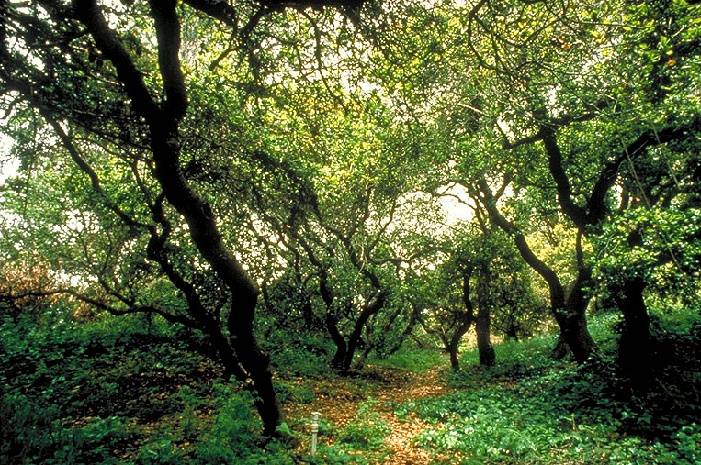Coast Live Oaks (Quercus agrifolia): Difference between revisions
Texteradmin (talk | contribs) No edit summary |
(changed category from Richmond to Richmond District) |
||
| (One intermediate revision by one other user not shown) | |||
| Line 15: | Line 15: | ||
<hr> | <hr> | ||
[[Image:Tours-habitat.gif]] [[Botanical Reminiscences, 1891 | Continue Habitat/Species Tour]] | [[Image:Tours-habitat.gif|link=Botanical Reminiscences, 1891]] [[Botanical Reminiscences, 1891 | Continue Habitat/Species Tour]] | ||
[[Serpentine Grasslands and Maritime Chaparral | Prev. Document]] [[Non-Native Invasive Species |Next Document]] | [[Serpentine Grasslands and Maritime Chaparral | Prev. Document]] [[Non-Native Invasive Species |Next Document]] | ||
[[category:Ecology]] [[category:OMI/Ingleside]] [[category:1990s]] [[category:species]] [[category:Golden Gate Park]] [[category:Richmond]] [[category:Presidio]] | [[category:Ecology]] [[category:OMI/Ingleside]] [[category:1990s]] [[category:species]] [[category:Golden Gate Park]] [[category:Richmond District]] [[category:Presidio]] | ||
Latest revision as of 21:59, 27 August 2014
Historical Essay
by Pete Holloran
Coast live oaks in remnant grove in Golden Gate Park.
Photo: Chris Carlsson
As the most abundant oak in early San Francisco, the coast live oak was among the most important sources of food for the Ohlone Indians. Acorns, whether roasted or ground into meal, provided high-protein calories year-round and were especially important during winter and other times of scarcity. Some Ohlone tribes used a decoction of its bark and insect galls for toothaches and leachwater from acorns for diarrhea. Its wood was also highly prized for utensils, including mortars and bowls. Controlled fires, set only when the conditions were just right, would keep shrubs from encroaching on the oaks and inhibiting oak regeneration. Regular fires would keep fuel loads low, thus reducing the risk of a catastrophic fire that could spread into the canopy and destroy an entire grove. Set at the right time, fires helped prevent outbreaks of weevils and other pests of acorns that spend part of their lifecycle in leaf litter. Most oaks in California survived this type of fire management because of their ability to resprout, and coast live oaks, with the thickest bark of all the oaks, are the most resistant to fire damage.
Heavily used by Europeans for firewood, most of the city's groves of coast live oaks were cut down during the early years of the city. The arroyos above Lake Merced were once covered in oaks, but only a few survive. Most other streams were lined with oaks and willows, but only Lobos Creek still features substantial numbers of oaks. Another important remnant oak grove is in Golden Gate Park behind the Conservatory of Flowers. The Golden Gate National Recreation Area and the San Francisco Recreation and Park Department are helping restore oak habitat in the Presidio, Golden Gate Park, and Buena Vista Park by removing invasive plants and planting acorns.

